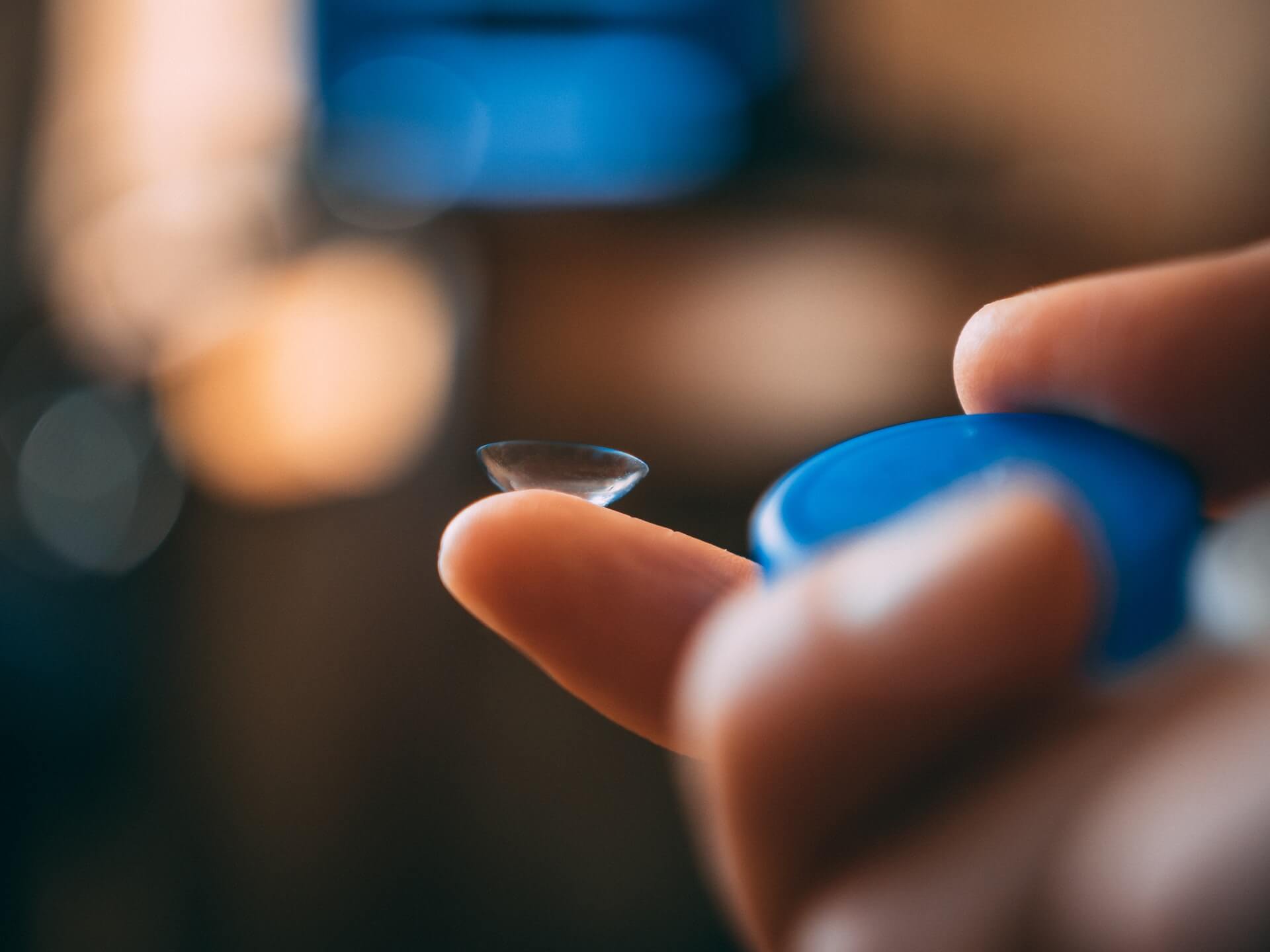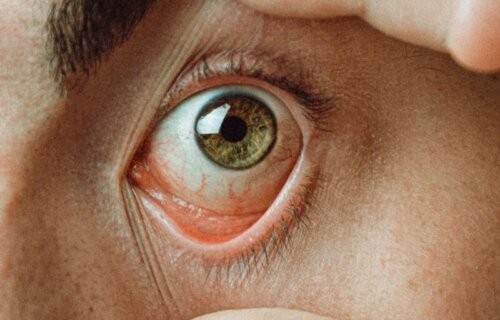PORTSMOUTH, United Kingdom — Anyone who has ever worn contact lenses knows that daily cleaning is an absolute must. Now, researchers from the University of Portsmouth report that an organic compound found in trees may serve as an effective disinfectant for contact lenses.
Microbial keratitis is a major concern when it comes to contact lenses. One of the most serious potential complications among contact lens wearers, the infection afflicts the cornea and stems from bacteria. The most common form of bacteria associated with microbial keratitis is Pseudomonas aeruginosa.
Prior studies have already concluded existing disinfecting solutions available for contact lenses are not effective for preventing biofilm, or clusters of bacteria that often attach to the surface of lenses. Hydroquinine, meanwhile, is an organic compound found in the bark of certain trees. Advantageously, the compound exhibits bacterial killing activity against Pseudomonas aeruginosa as well as numerous other clinically key germs like Staphylococcus aureus, E. coli, and Klebsiella pneumoniae.
The research team responsible for this discovery come from the University of Portsmouth in the U.K. and Naresuan and Pibulsongkram Rajabhat universities in Thailand. Study authors explored the potential use of multipurpose formulas featuring hydroquinine as a disinfectant for contact lenses.
To accomplish this, they first assessed the antibacterial, anti-adhesion, and anti-biofilm properties of hydroquinine-formulated multi-purpose solutions (MPSs). Then, they compared it to two commercial MPSs (Opti-free Replenish and Q-eye). Sure enough, the natural compound responded by killing 99.9 percent of bacteria at the time of disinfection.
All in all, the study concludes these revelations may help accelerate the development of novel disinfectants aimed at combating the P. aeruginosa bacteria.

“Commercially available disinfecting solutions, which are made up of a number of chemicals, can sometimes cause reactions with painful side-effects. We hoped to demonstrate that new agents made from natural products may be an excellent option to limit or reduce the risk of contact lens contamination,” says Dr. Robert Baldock from the School of Pharmacy and Biomedical Sciences at the University of Portsmouth in a media release. “It is exciting to see how this research has progressed; from discovery to exploring potential applications.”
Corneal infections are quite common, with up to 3.5 million diagnoses occurring annually. Extreme cases can even lead to permanent eye damage and vision loss. Risk of microbial keratitis doubles when an individual chooses to keep their contact lenses in overnight and/or longer than the recommended daily amount.
Corneal blindness stemming from microbial keratitis has emerged in recent years as a prominent cause of visual disability, according to the World Health Organization (WHO). Officials from WHO also consider multidrug-resistant P. aeruginosa to be one of the most concerning pathogens.
On an annual basis, drug-resistant bacteria account for over 2.8 million infections and are responsible for 35,000 deaths. Antimicrobial resistance occurs when germs change over time and eventually stop responding to medicines, making it much more difficult to treat infections.
Amoxicillin and Trimethoprim are two commonly prescribed antibiotics that certain strains of P. aeruginosa are now resistant towards. Hydroquinine, on the other hand, is already widely known as an effective agent against malaria in humans. It is also currently being used in the Netherlands to treat nocturnal muscle cramps. Up until now, there had been little to no investigation regarding its drug-resistant properties.
Lead study author Sattaporn Weawsiangsang, from the Faculty Of Allied Health Sciences at Naresuan University, is currently a visiting researcher at the University of Portsmouth.
“Our initial findings suggest that soaking contact lenses in a multi-purpose solution containing hydroquinine is possibly helpful to prevent contamination and infection,” Weawsiangsang concludes. “However, further investigation is needed to determine whether hydroquinine itself also has adverse reactions or toxicity.”
“We are continuing to test the compound on a number of cells, and so far, the results are really promising. This potential development could contribute to the creation of new disinfectants from natural products, effectively combating P. aeruginosa infections and reducing cases of corneal infections.”
In conclusion, study authors say further research should take place examining the effectiveness of hydroquinine with several different contact lens materials, as well as against additional pathogenic microorganisms.
The study is published in the journal Antibiotics.
